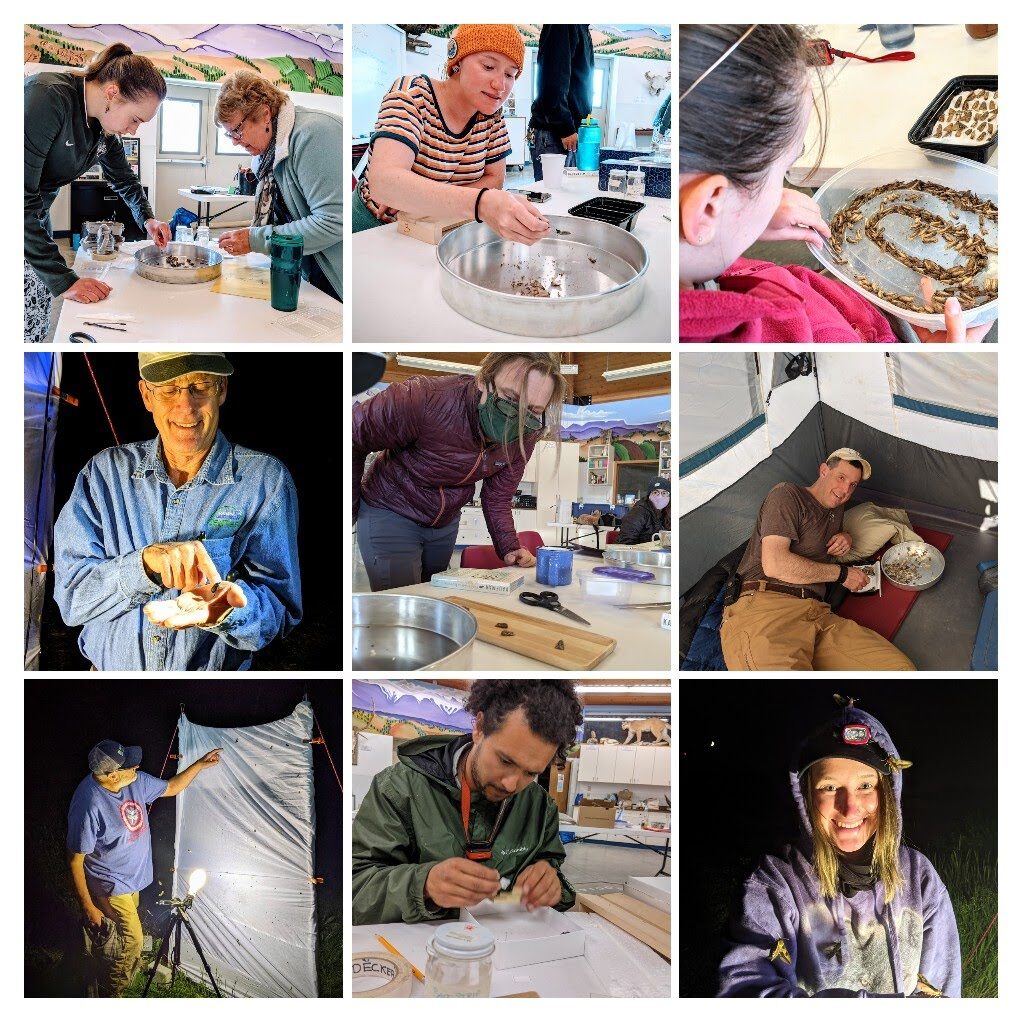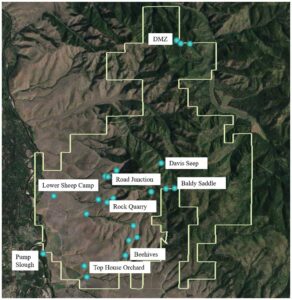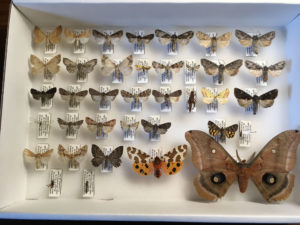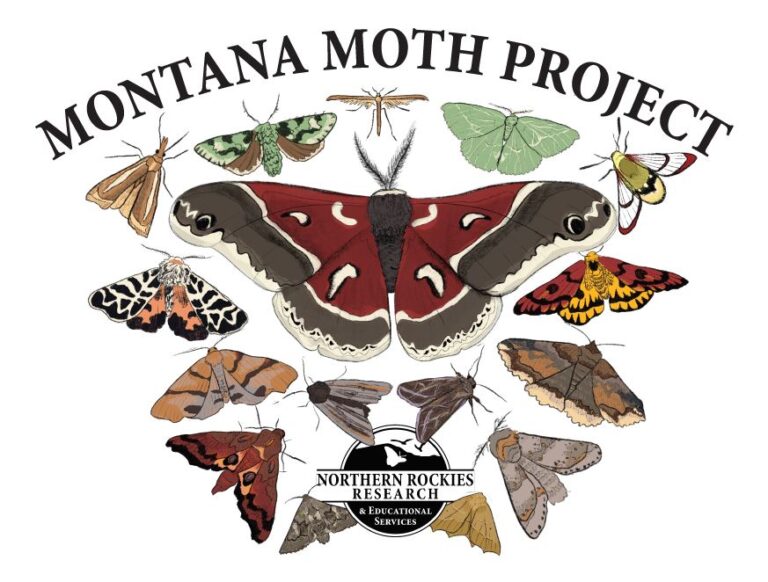
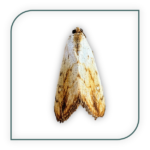 Northern Rockies Research and Educational Services (NRRES) is a mini (but mighty) grassroots, environmental non-profit dedicated to advancing scientific research, education, and the conservation of insects, birds, and other wildlife. The Montana Moth Project (MMP) is our flagship program and we’re so proud of what we’ve accomplished this year!
Northern Rockies Research and Educational Services (NRRES) is a mini (but mighty) grassroots, environmental non-profit dedicated to advancing scientific research, education, and the conservation of insects, birds, and other wildlife. The Montana Moth Project (MMP) is our flagship program and we’re so proud of what we’ve accomplished this year!
With only two full-time staffers (who double as field techs), the MMP team clocked more than 8,000 road miles this summer, traveling the state sampling moths in a diversity of habitats. As a result, we came to further appreciate the Treasure State for this hidden cache of faunal riches; the diverse and beautiful moth communities that call Montana home. Indeed, from tiny, delicately patterned micromoths (often no larger than a rice grain) to bird-sized behemoths like Hyalophora cecropia, the moths of Montana are as compelling as any of the macro mammals for which the state is famous.
Excitingly, as a result of our sampling efforts, the MMP team recorded and vouchered myriad species previously unknown from (or not yet observed in) Montana, Rhyacionia neomexicana, Evergestis consimilis, and Copablepharon arinotum, for example. What’s more, research projects conducted in collaboration with MPG Ranch and Wild Montana, resulted in evidence supporting the idea that moths play key roles in the pollination ecology of myriad flowering plants. Finally, nighttime catches of moths previously considered strict day-fliers suggests intriguing possibilities for future investigations.
Read on for highlights and updates from this year’s work!
The Montana Moth Project is Participating in
Giving Tuesday, November 30th, 2021!
(Don’t worry, we’ll be reminding our supporters to donate as Giving Tuesday draws closer!)

It’s remarkable how much the MMP Team has learned about Montana’s moth fauna in just a few years of work. And there’s so much more to discover! But we can’t do it without your support. Our grassroots team is gritty and determined, to be sure, but the work requires an abundance of equipment, supplies, vehicular wear-and-tear and, of course, hundreds of man hours in and out of the field. So, during this month of giving and giving thanks, consider making a direct donation to the Montana Moth Project or purchasing an item from our Wish List. And thank you, so much, for your support!
Meet the Montana Moth Project Field Team:
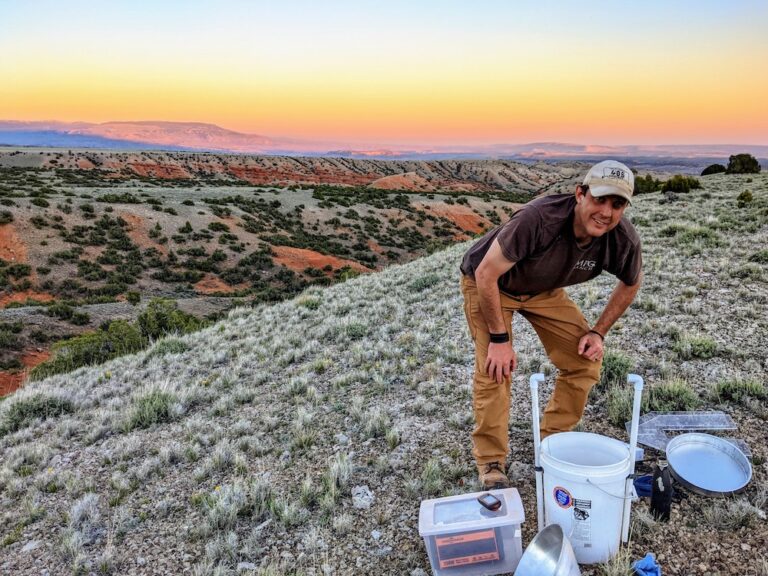
For NRRES Executive Director, Mat Seidensticker, the word “busy” doesn’t quite capture the 2021 field season. In addition to conducting monthly insect diversity surveys and pollen sampling projects for the Missoula-based MPG Ranch and pinning specimens for the Missoula Butterfly House and Insectarium, Mat criss-crossed the state, conducting moth diversity samplings in more than 20 counties for the Montana Moth Project.
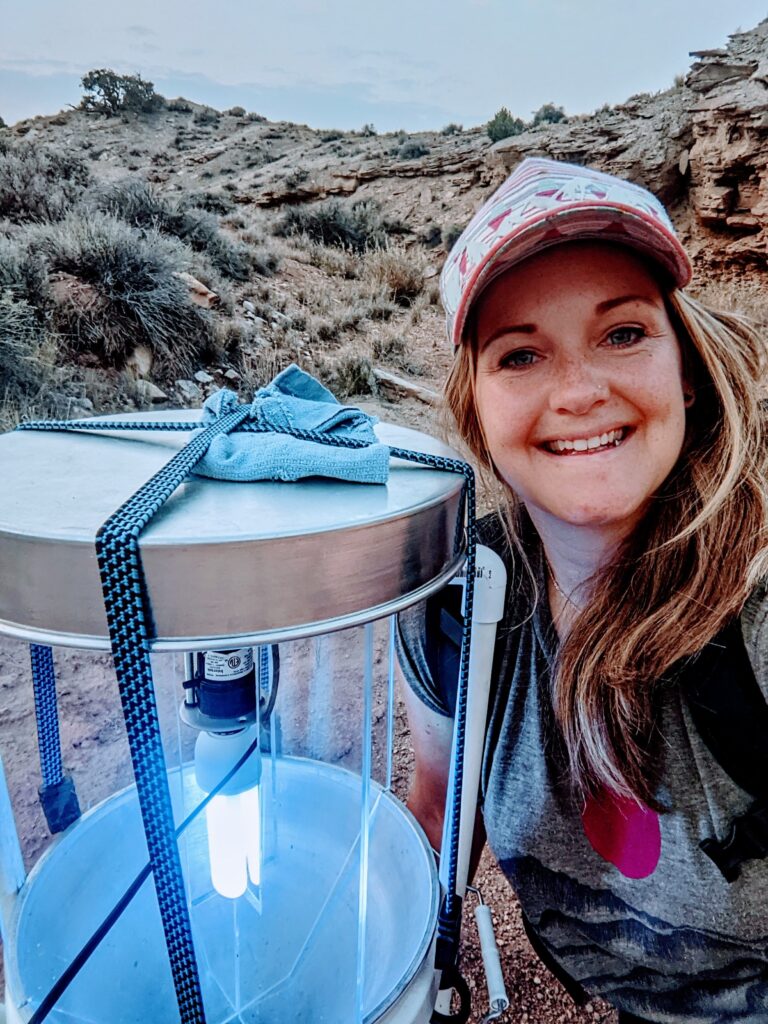
Marian L. Kirst, NRRES entomologist and program developer, is hooked on moths after her first season in the field. She had a blast coordinating the Montana Moth Project’s first-ever citizen science crew, an amazing volunteer group that conducted once-a-month diversity samplings at the Montana Audubon Center (MAC) in Billings. She also implemented multiple moth diversity samplings in Carbon, Yellowstone and Golden Valley counties and helped develop and execute a Wild Montana-sponsored research grant project in the Pryor Mountains, her favorite mountain range in Montana.
Citizen Science In Action
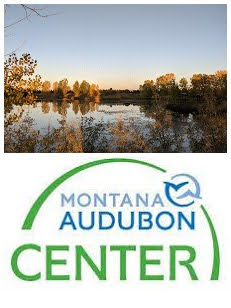
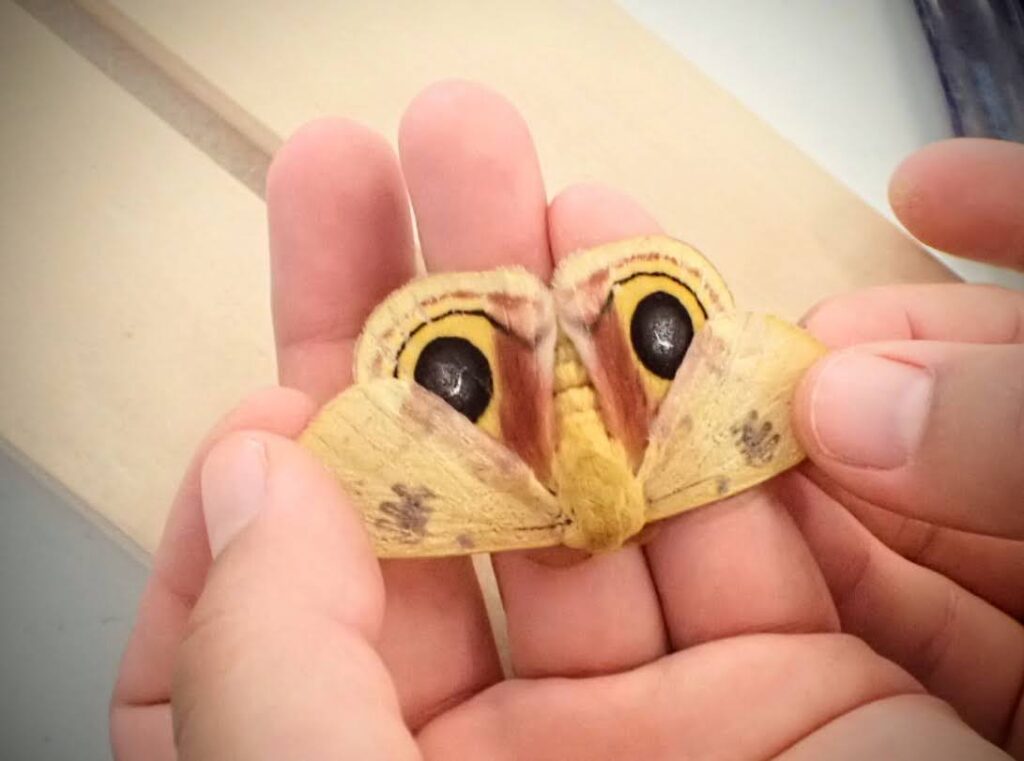
This year, the Montana Moth Project teamed up with the Montana Audubon Center to conduct moth diversity sampling (from April to October) at the Center; a unique restoration habitat within the Yellowstone River Corridor. These efforts resulted in the creation of a competent and dedicated crew of volunteer “mothing-addicts” but also in a much-needed survey of Yellowstone County moth diversity, the results of which include 10 state records, dozens of county records and a possible new species in the noctuid genus, Egira.
Montana Audubon Center's MMP Volunteer Crew
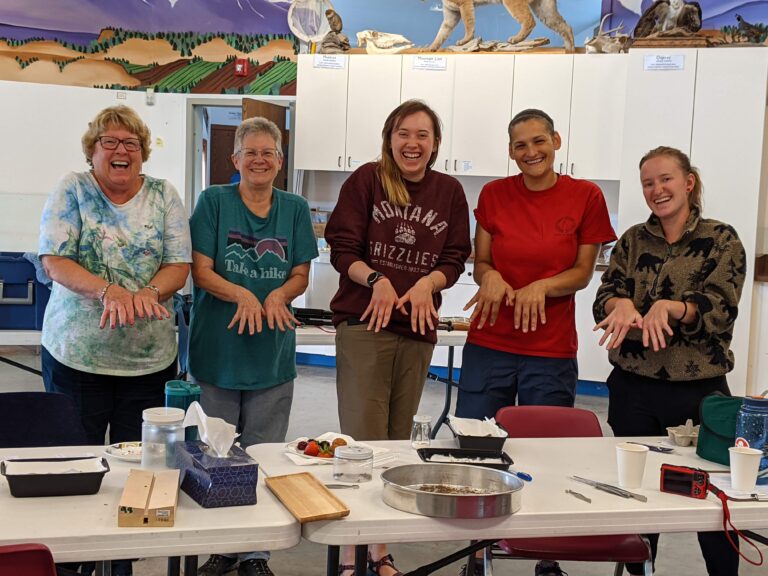
(Above) Volunteer MMP sampling crew members (Montana Audubon Center, Billings, MT)
flashing our crew sign. (From left) Claudia Fife, Mary Mullen, Gwen Satterfield, Becca Mathias, and Izzy Sommerdorf). Photo by M.L. Kirst
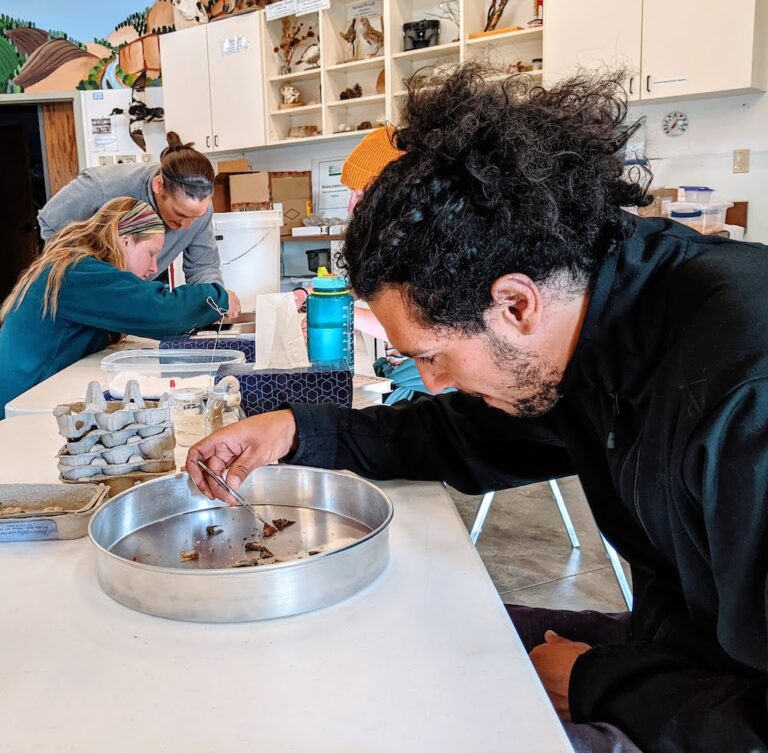
Montana Audubon Center Land Stewardship Coordinator, and MMP volunteer, Anthony Sammartano, sorting moths from a UV trap.
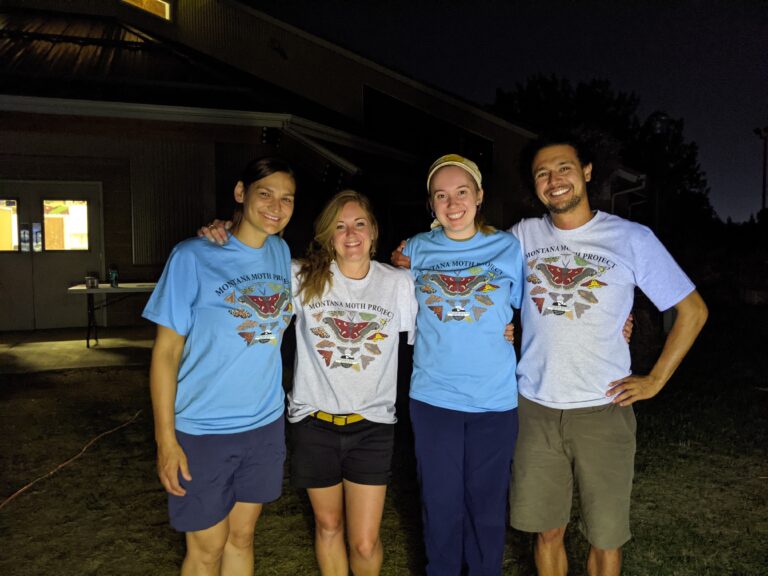
MMP Crew members rocking the super dope and much-in-demand Montana Moth Project T-shirt! (From Left: Rebecca Mathias, Marian Kirst, Gwen Satterfield, Anthony Sammartano)
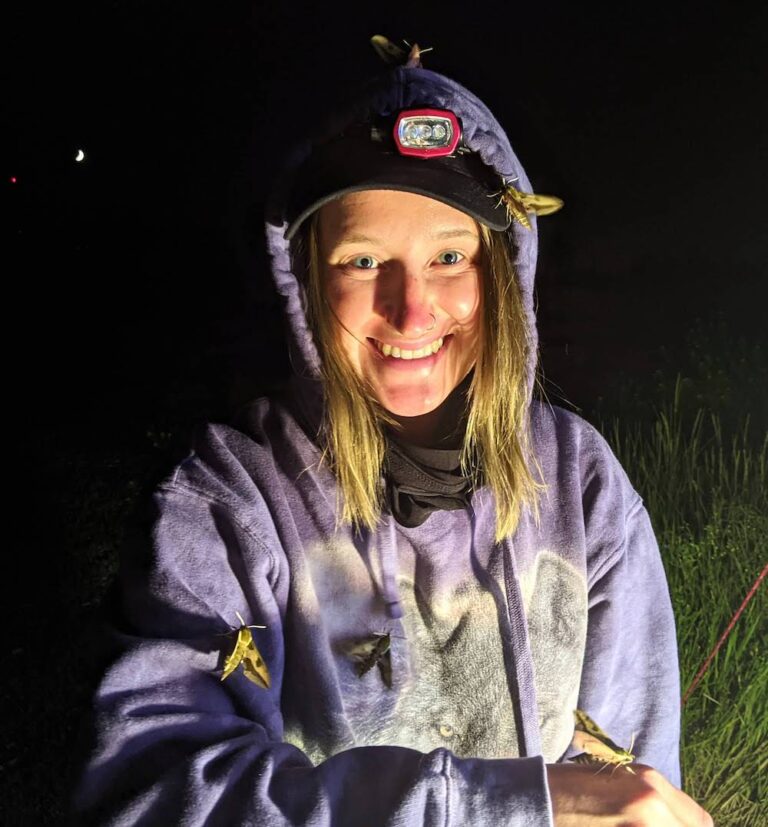
(Above left: Volunteer Izzy Sommerdorf aflutter with Hyles euphorbiae)
Thousands of Specimens!
But where are they going?
The Montana Moth Project generates thousands of specimens as part of its sampling efforts across the state. These moths are sent to the Project’s two collaborating taxonomic experts, Chuck Harp (with Colorado State University’s C.P. Gillette Museum of Arthropod Diversity) and Chris Grinter (with the California Academy of Sciences). These two experts, often with the help of their own volunteer crew, ID, photograph and database the specimens, providing critical representative samples for future reference and research purposes, including taxonomic revisions. Together, with Chuck and Chris’s invaluable assistance, the MMP team has assembled the largest holding of Montana moths in the world. This impressive collection is currently housed at the Gillette Museum of Arthropod Diversity in Fort Collins, CO.
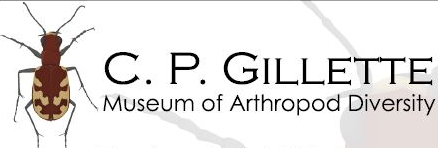
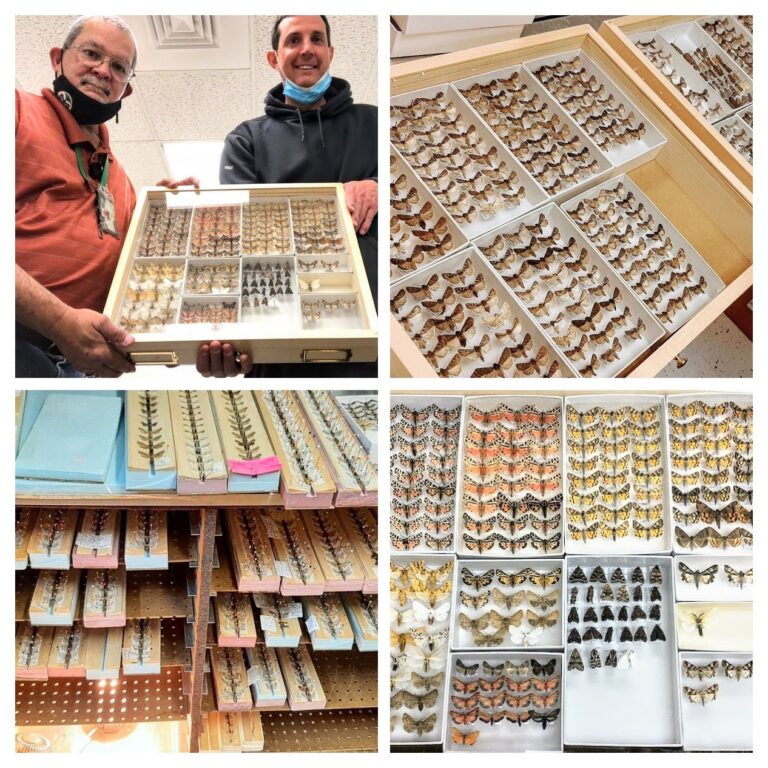
Montana Moth Project specimens at the C.P. Gillette Museum of Arthropod Diversity
Dynamic Duo
Chuck Harp & Chris Grinter
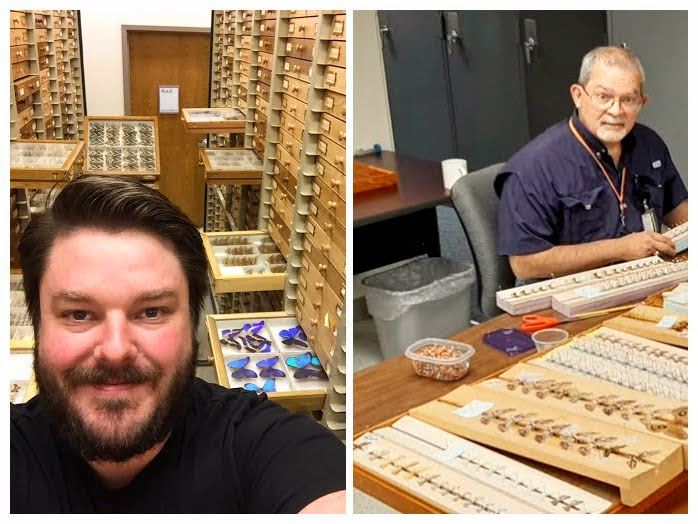
Left: Chris Grinter, Collections Manager of Entomology at the
California Academy of Sciences.
Right: Chuck Harp, Research Associate and Collections Manager
at CSU’s C.P. Gillette Museum of Arthropod Diversity.
"Macros" vs. "Micros"
Macromoths and micromoths are artificial categories (based very broadly on size) used to distinguish between certain groups of moths. Most of the moths we catch in our traps and during surveys are macromoths with wingspans greater than 20 mm. These get sent to Chuck at CSU. A good number, though, are “micros”. These are mostly tiny, often intricately-patterned moths that tend to get overlooked amidst their comparatively colossal cousins and are notoriously difficult to pin and spread. Chris, however, uses a practiced hand and special technique to process the many mini moths we send him.
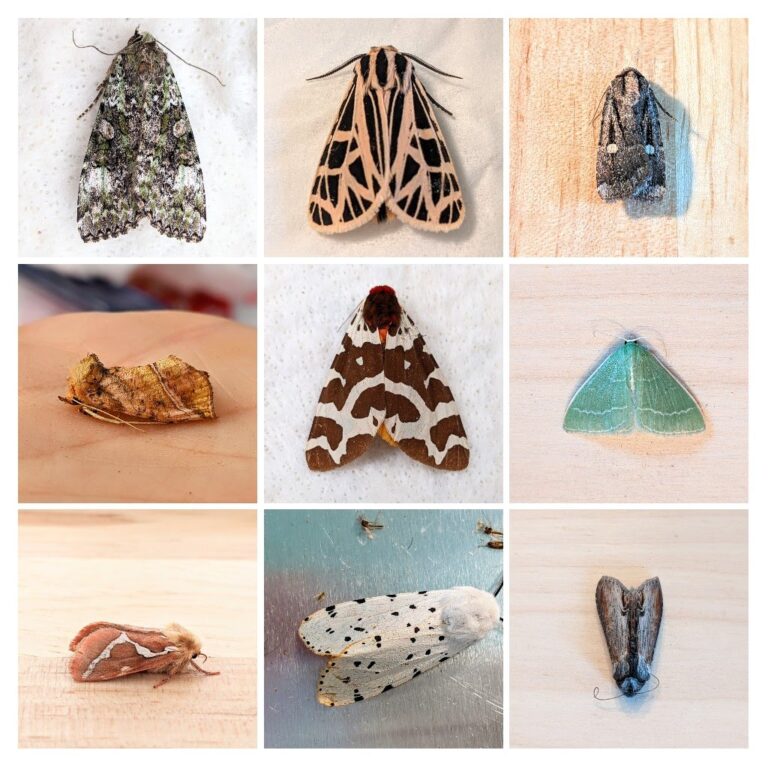
An assortment of mid-sized macromoths collected this past field season in south-central Montana. (From left, top row: Anaplectoides prasina; Apantesis sp., maybe ornata; Abagrotis glenni. Middle row: Pseudeva purpurigera; Arctia caja; Synchlora sp. Bottom row: Gazoryctra novigannus; Estigmene acrea; Cucullia sp., possibly omissa)
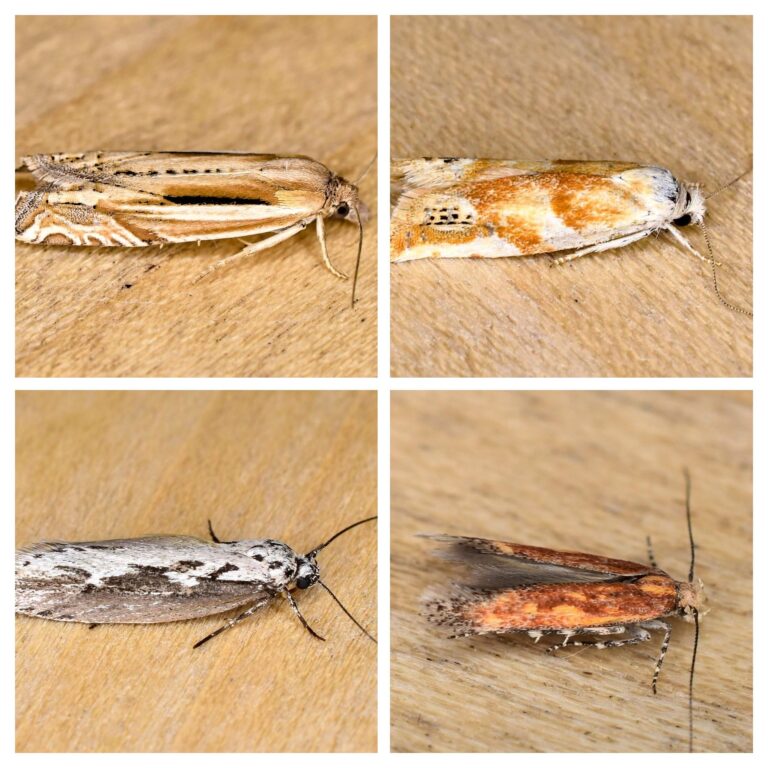
A selection of beautiful micromoths sampled this year from various locations in western Montana. (Clockwise from upper left: Eucosma sp., maybe dorsiatomana; Eucosma sp.; Ethmia sp., possibly semitenebrella; Gnorimoschema saphirinella)
Diversity Sampling: One county at a time.....
Our goal for this past field season was at least one sampling in at least 9 counties…
Given this aim, we’re thrilled to announce that, in a single field season, the MMP team conducted at least one sampling in 20 different counties across the state. That means, to date, (and including two counties sampled in 2019) we’ve conducted moth diversity surveys in 22 of Montana’s 56 counties!
2021 Summary:
- 8,000 specimens collected, curated & databased
- 15 state records collected and vouchered, including a possible new species from Yellowstone County!
- Hundreds of county records logged and vouchered
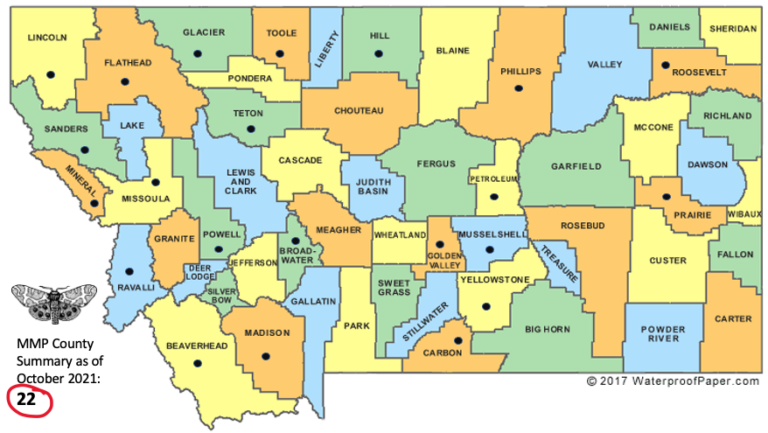
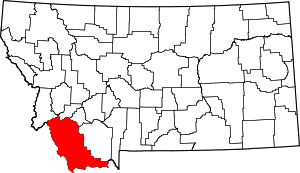
County Spotlight: Beaverhead
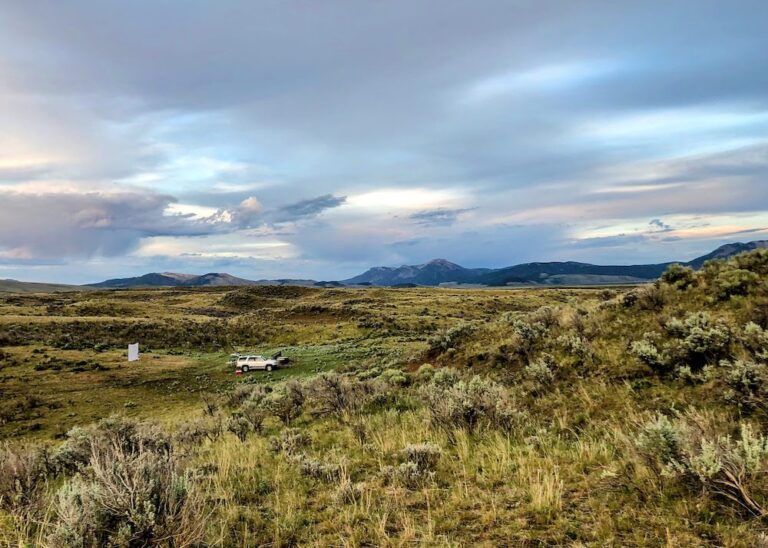
This summer, NRRES Executive Director Mat Seidensticker traveled to Beaverhead County in Montana’s extreme southwest corner to sample in the Centennial Sandhills Preserve, a unique grass-stabilized sand dune habitat that hosts an assemblage of rare plants. In early July, Mat surveyed the preserve using UV traps and a UV/MV sheet and soon discovered the site is also home to a booming population of banana-yellow Copablepharon atrinotum. Excitingly, this is the first Montana record for this dune specialist species, which was previously known only from southeast Oregon and Mono Lake, California.
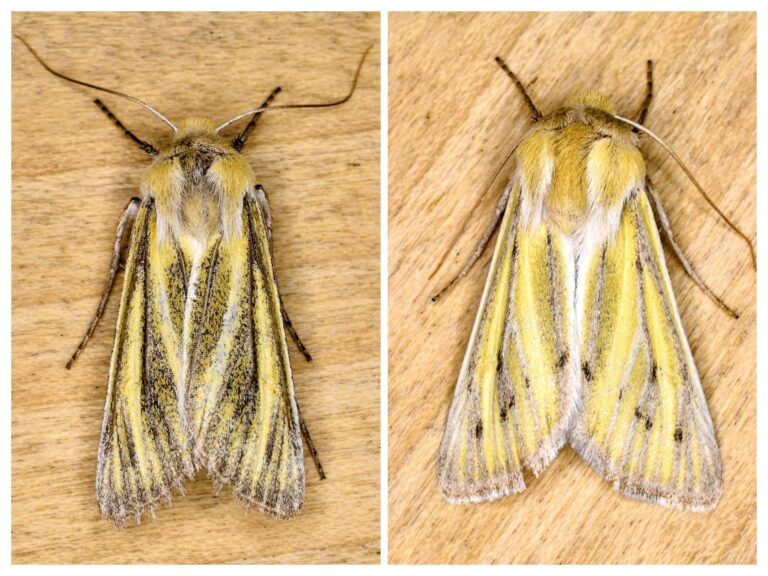
Two examples of C. atrinotum, collected July 1st in the Centennial Sandhills Preserve
Research Partnerships
MPG Ranch (Florence)
The NRRES team completed its second year of long-term monitoring of moth diversity and abundance at four sites on MPG Ranch. Weekly from April-October, we set one light trap at each of these sites, photograph, and then release each captured moth. Moths are excellent indicators of environmental change and the aim of this project is to look at long-term trends in moth abundance and diversity relating to changing climate and restoration activities on MPG Ranch. This year, we caught and photographed 11,520 moths at these sites combined. We are currently finishing identifications to begin summarizing the data. Initial observations indicate some of the more abundant species in 2020 were less abundant this year, particularly a few of the spring-flying species.
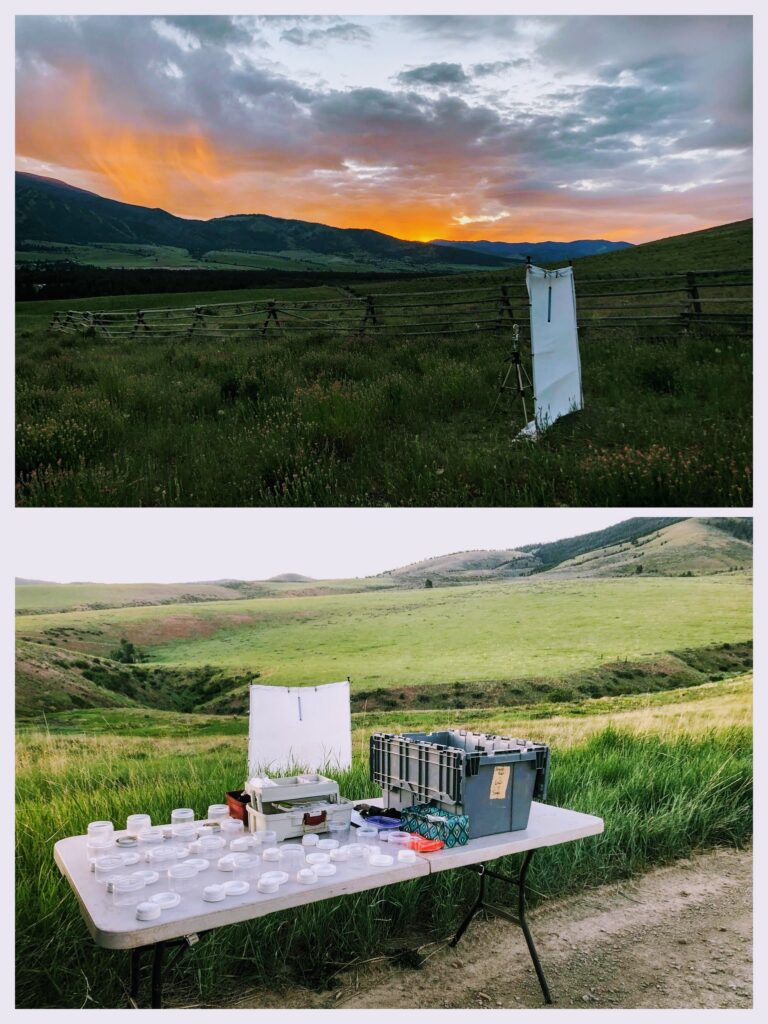
Collecting moths on MPG Ranch for pollen sampling
Missoula Butterfly House & Insectarium (Missoula, Montana)
This year, NRRES partnered with the Missoula Butterfly House and Insectarium (MBHI) to launch a longterm insect abundance and biomass monitoring project on MPG Ranch. Every other year we collect insects from flight intercept, pitfall, and pan traps at 18 sites spread across the ranch. We then take the collections to the Insectarium where they weigh biomass and count the abundance of each insect order in each sample. This is a win-win as we get to keep the processing work local (versus outsourcing a commercial lab) and the Insectarium participates in a local research project while providing learning opportunities for volunteers and interns to support their educational-based mission.
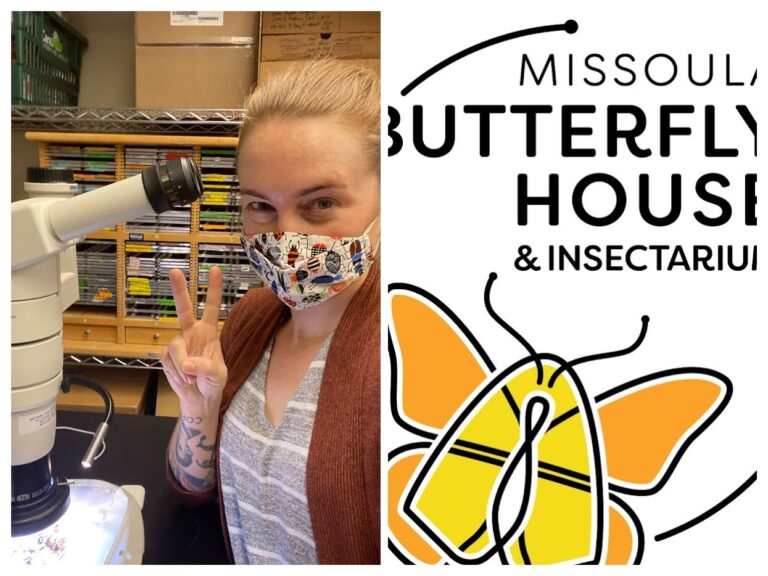
MBHI bug wrangler and researcher, Brenna Shea, hard at work
in the lab identifying and counting MPG Ranch insect specimens collected in 2021
Wild Montana – Eastern Wildlands Chapter

NRRES received generous support from Wild Montana’s Eastern Wildlands Chapter to determine if moths play a role in the pollination ecology of Physaria pachyphylla (Thick-leaf bladderpod), a rare mustard endemic to the Pryor Mountain and Big Horn Basin ecosystems. The team also explored general moth-plant interactions within the Pryor Mountain foothills and conducted diversity surveys at numerous sites within this unique high desert habitat.
Pollen samples swabbed from collected moths were sent to Barcode of Life Data Systems for DNA sequencing and the moth specimens were submitted to Chuck Harp with the C.P. Gillette Museum.
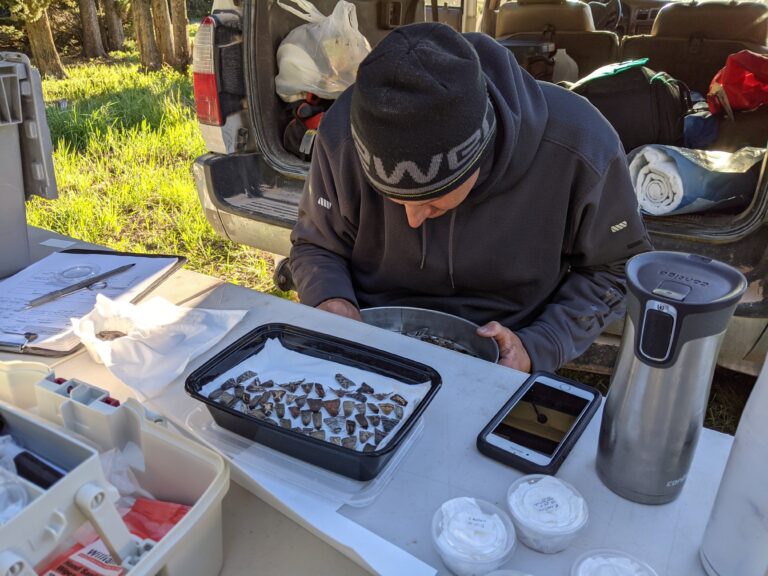
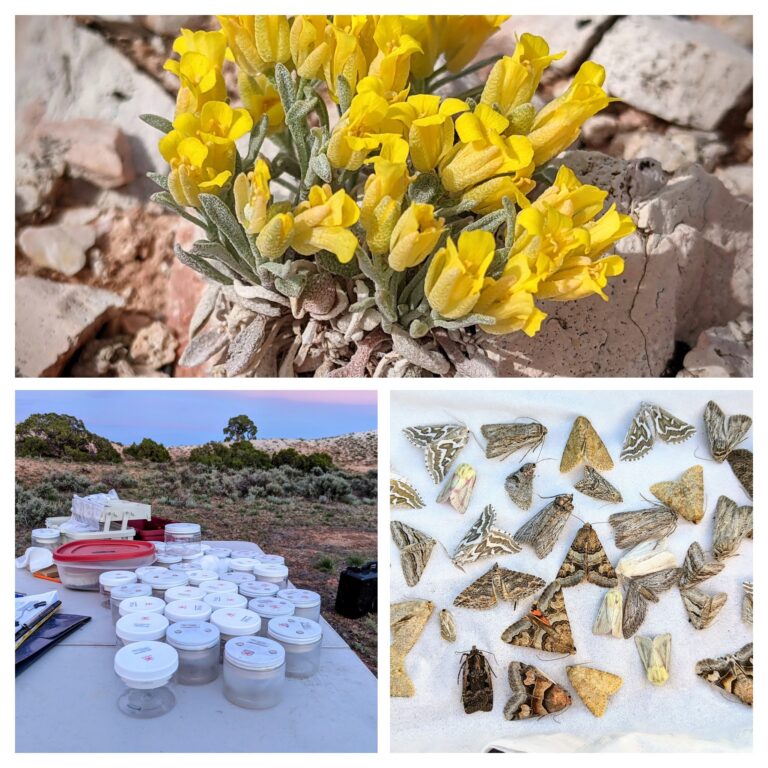
Clockwise from top: Physaria pachyphylla, moth collecting in P. pachyphylla type locality,
Preliminary Results:
- DNA analyses (of 91 moth samples) detected pollen from plants representing 125 species, 29 families, 21 orders
- Physaria pachyphylla DNA was detected on 5 moths from 4 different species (including a state record species, Protogygia enalaga)
- At least 12 state records verified and vouchered!
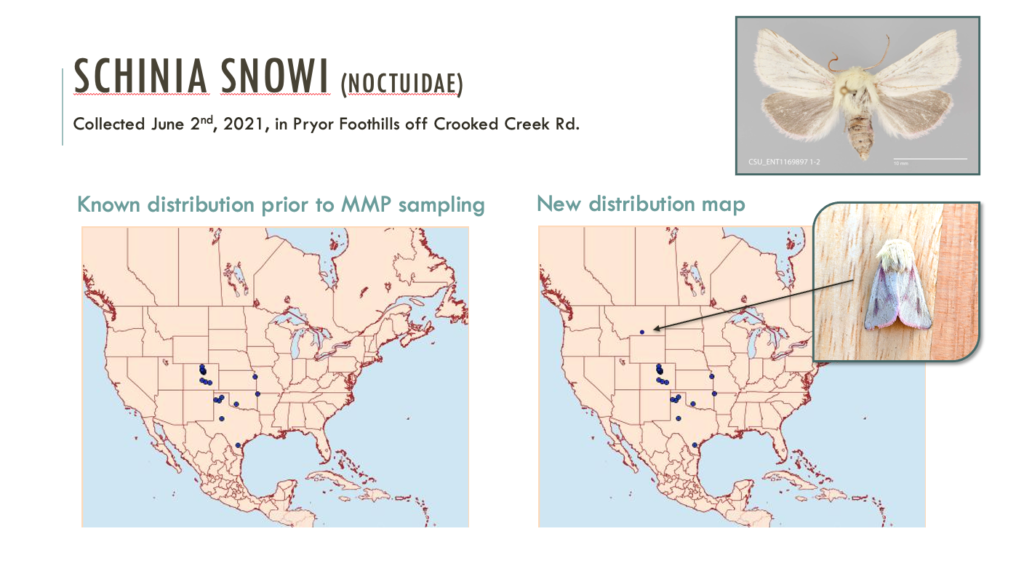
MBHI bug wrangler and researcher, Brenna Shea, hard at work
in the lab identifying and counting MPG Ranch insect specimens collected in 2021
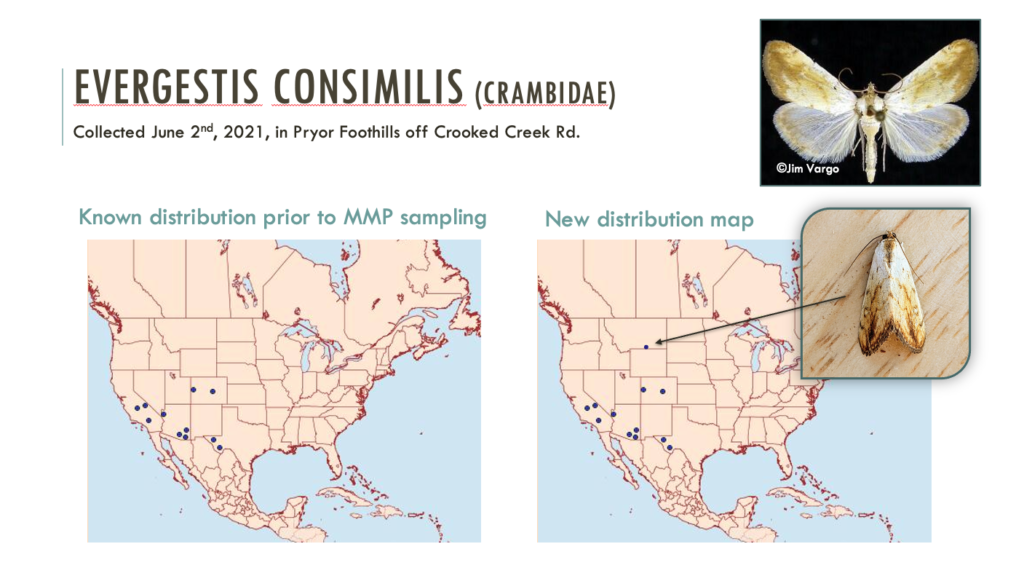
Evergestis consimilis is another exciting state record and also may represent a range extension for the species
Next Steps: Field Season 2022
- NRRES will continue diversity sampling until all 56 counties have been sampled at least once.
The MMP team will conduct at least one sampling in 10 additional counties - Expand research efforts to include…
Comparative surveys of moths in pre & post-fire habitats
The use of stable isotopes to map moth migratory movements and species pathways - Cultivate new (and enrich existing) citizen science, research and outreach partnerships
